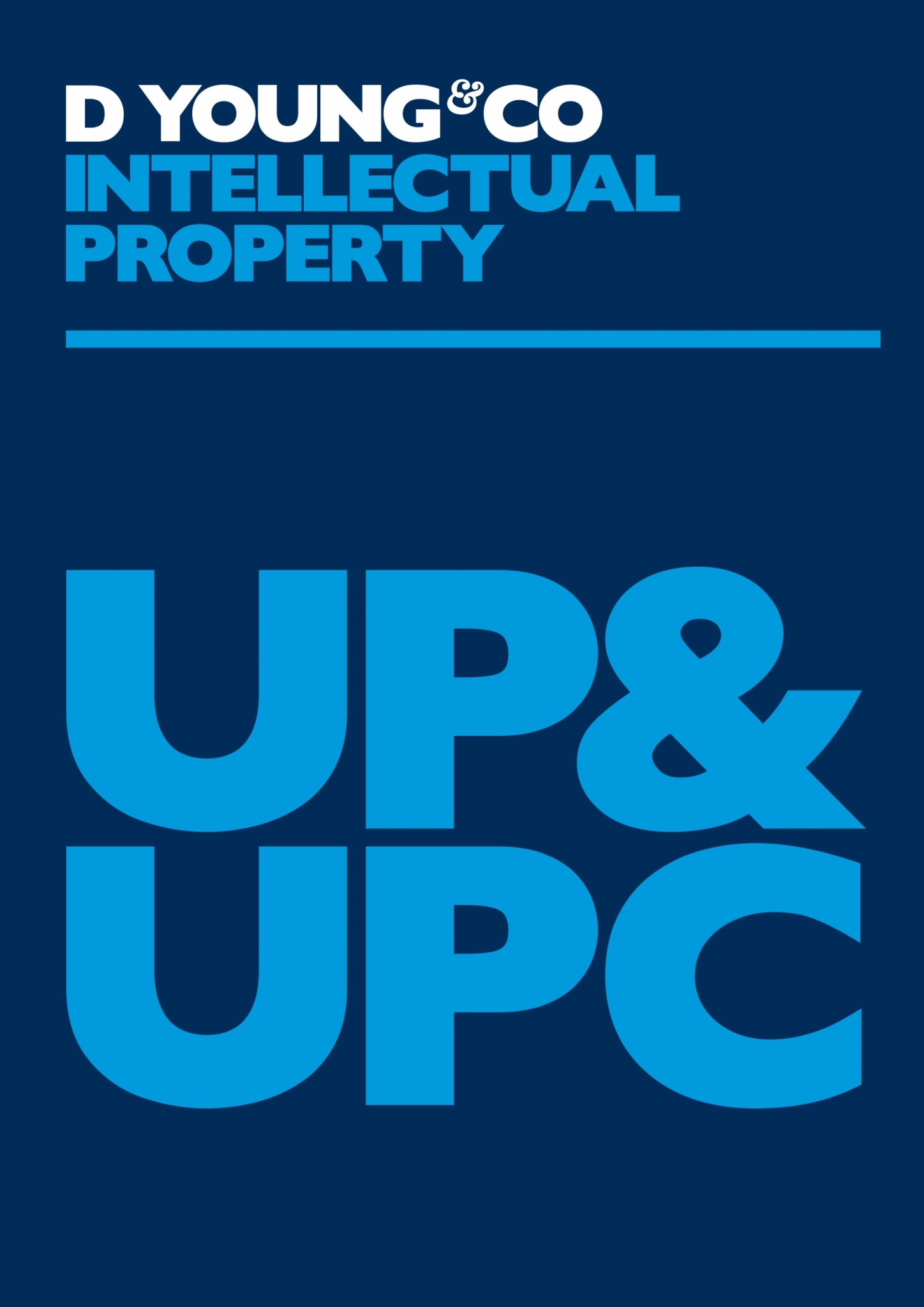UPC: four months since the start, what have we learnt?
After a frantic start to 2023 with opt-out strategy discussions and decisions, followed by bulk opt-out filings via the UPC case management system, the 01 June 2023 saw the long-awaited beginning of the Unified Patent Court (UPC). We are now four months into the new system, and have started to see some orders and decisions from a few of the UPC divisions.
The number of proceedings and parties involved have been widely reported. They include existing parties in litigation (for example, Amgen v Sanofi battling over Amgen’s patent EP 2 215 124; and AIM Sport v Supponor in a dispute over AIM’s patent EP 3 295 663) as well as a few surprises (for example Agfa NV v Gucci following Agfa’s enforcement of their patent EP 3 388 490). Unsurprisingly, however, the UPC has been prompt in progressing the actions filed and we have started to get a sense of how certain issues will be handled. Some of these are briefly summarised below.
Which UPC division?
According to Article 33(1) of the UPC Agreement (UPCA) infringement actions shall be brought before the UPC local division hosted by the contracting member state, where the infringement has occurred or where the defendant/one of the defendants has its residence or (principal) place of business, or the UPC regional division in which that contacting member state participates. If the contracting member state concerned does not host a local division, and does not participate in a regional division, actions shall be brought before the central division.
According to Article 33(4) UPCA revocation actions shall be brought before the central division. If an action for infringement between the same parties relating to the same patent has been brought before a local or a regional division, the revocation action(s) may only be brought before the same local or regional division.
However, what happens when a revocation action is filed on the same day as the infringement action involving the same parties and the same patent?
This question was answered by the Munich central division in the dispute between Sanofi and Amgen over EP 2 215 124. Namely, that it depends on who filed first on that day.
Both parties filed their respective actions on 01 June 2023, that is, the first day of the UPC.
The case management system was offline meaning that both parties had to file hard copies. Amgen filed its infringement action at the Munich local division at 11:45am, but Sanofi managed to file its revocation action designating the Munich central division at 11:26am. Sanofi filed their action at the UPC registry in Luxembourg (which was challenged by Amgen).
The application of Article 33(3) UPCA is dealt with by Rule 37 Rules of Procedure (RoP). Rule 37(1) RoPrequires the panel of judges to issue an order as soon as possible after the closure of the written procedure and decide by way of the order how to proceed. The parties must be given an opportunity to be heard (respecting Rule 264 RoP) and the panel must provide brief reasons in its order for its decision. Following an oral hearing by videoconference on 17 August 2023 before the UPC central division, an order was therefore issued by András Kupecz (the legal member of the UPC central division). The order is dated 24 August 2023, and rejected Amgen’s request for the case to be heard by the Munich local division.
Kupecz reasoned that “have been brought” within the meaning of Article 33(4) UPCA must be interpreted with the “ordinary meaning of the terms in their context and in the light of the object and purpose of the UPCA…to promote the concentration of proceedings between the same parties on the same patent in one division”. Kupecz noted that otherwise proceedings would be inefficient and could lead to conflicting decisions within the UPC.
This may be reassuring for those who feared bifurcation of validity and infringement proceedings would be “the norm” at the UPC. It also provides some insight into how other provisions of the UPC Agreement may be interpreted, that is, with the ordinary meaning of terms and to provide efficient and consistent decisions within the UPC.
Consequently, “have been brought” within Article 33(4) UPCA was interpreted as “the objective act of lodging a Statement of claim by the claimant in case of an infringement action or a Statement of revocation in case of a revocation action”. As Sanofi lodged their statement of revocation first, the case will be heard at the central division in Munich.
Kupecz also dismissed Amgen’s challenge to the hard-copy filing at the UPC registry in Luxembourg. Rule 4.2 RoP was applicable, and again the “ordinary” or “plain” reading of the rule was decisive along with the “notion of the UPC as “one Court” with "one Registry”. Kupecz explained how Rule 4.2 gave parties a choice in the situation where it is impossible to lodge a document electronically, that choice was either file (i) at “the Registry” or (ii) at “a sub-registry”. A “Registry” is defined by Articles 6, 10(1) and 10(2) UPCA and includes the Registry in Luxembourg.
Amgen was given leave to appeal.
Ex Partes preliminary injunction
According to Articles 60(5) and 62(5) UPCA, in cases where a patent proprietor could be subject to irreparable harm or where there is demonstrable risk of evidence being destroyed, the UPC has power to grant ex parte (without the other party being heard) provisional and protective measures including preliminary injunctions. This procedure is known from, for example, preliminary injunction proceedings in Germany, and was handed down by the Dusseldorf local division in the dispute between myStromer AG vs Revolt Zycling AG on infringement of myStromer’s EP 2 546 134.
Ex parte provisional measures require exceptional circumstances, and in addition to the reasons why provisional measures are necessary the claimant must provide:
- Reasons for not hearing the defendant, and
- Information about any prior correspondence between the parties concerning the alleged infringement. (Rule 206 RoP)
Due to the limited publication of documents by the UPC, it is unknown exactly what reasons were presented by myStromer AG, but the Dusseldorf local division seemingly agreed that there were exceptional circumstances and acted quickly to grant an ex parte preliminary injunction against Revolt Zycling AG. The preliminary injunction was granted on the same day as its application and it is understood that the request was made in the context of a trade fair. The local division indicated that the patent was sufficiently valid. The patent had not been opposed at the EPO or the subject of any national nullity proceedings but the defendant had equally not provided relevant prior art. The defendant had filed a protective letter at the UPC (essentially a pre-emptive statement of defence), but this was sent to the claimant on the same day the preliminary injunction request was filed. Some speculate that this could have contributed to the issuance of an ex parte preliminary injunction.
A final point of interest in this case is that the request for the preliminary injunction in “all countries of the UPC where the patent is in force” was not allowed. The claimant was required to list the specific countries and in doing so, made a mistake and omitted Austria. Hence, the preliminary injunction was only granted for Germany, Netherlands, France and/or Italy. A correction was requested but this was refused by the UPC.
Opt-out withdrawal
Finally, although the decision is not yet available on the UPC website, Juve Patent has reported on the Helsinki local division’s interpretation of Article 83(4) UPCA, that is, the ability to withdraw an opt-out if a national action has been brought.
Article 83(4) UPCA is part of the transitional provisions and states that:
"Unless an action has already been brought before a national court, proprietors of or applicants for European patents or holders of supplementary protection certificates issued for a product protected by a European patent who made use of the opt-out in accordance with paragraph 3 shall be entitled to withdraw their opt-out at any moment.”
AIM Sport opted-out EP 3 295 663 during the sunrise period and requested that the opt-out be withdrawn on 05 July 2023. On the same day, they filed an infringement action against Supponor, including an application for provisional measures. In response, Supponor lodged a preliminary objection including a challenge to the withdrawal of the opt-out. Both parties were heard before the Helsinki local division on 21 September 2023.
It has been reported that the Helsinki local division rejected AIM’s case including their request for a preliminary injunction against Supponor because the opt-out withdrawal was not valid. Despite AIM arguing that Article 83(4) UPCA can only refer to proceedings filed after the start of the UPC, that is, after 01 June 2023, the judges disagreed. EP 3 295 663 had been the subject of several national proceedings prior to 01 June 2023, including German infringement and nullity proceedings in 2022. Hence, AIM was not permitted to withdraw the opt-out.
It is expected that an appeal will be filed, but in the meantime this is a significant decision for proprietors and applicants who opted-out their European patents/applications during the sunrise period and since 01 June 2023. According to the Helsinki local division’s interpretation of Article 83(4), an opt-out would be permanent for any patents that had been subject to national actions prior to the UPC.
Useful link
Helsinki local division scrutinises UPC opt-out process in AIM Sport vs. Supponor, Juve Patent, 22 September 2023: dycip.com/aim-v-supponor-juve


